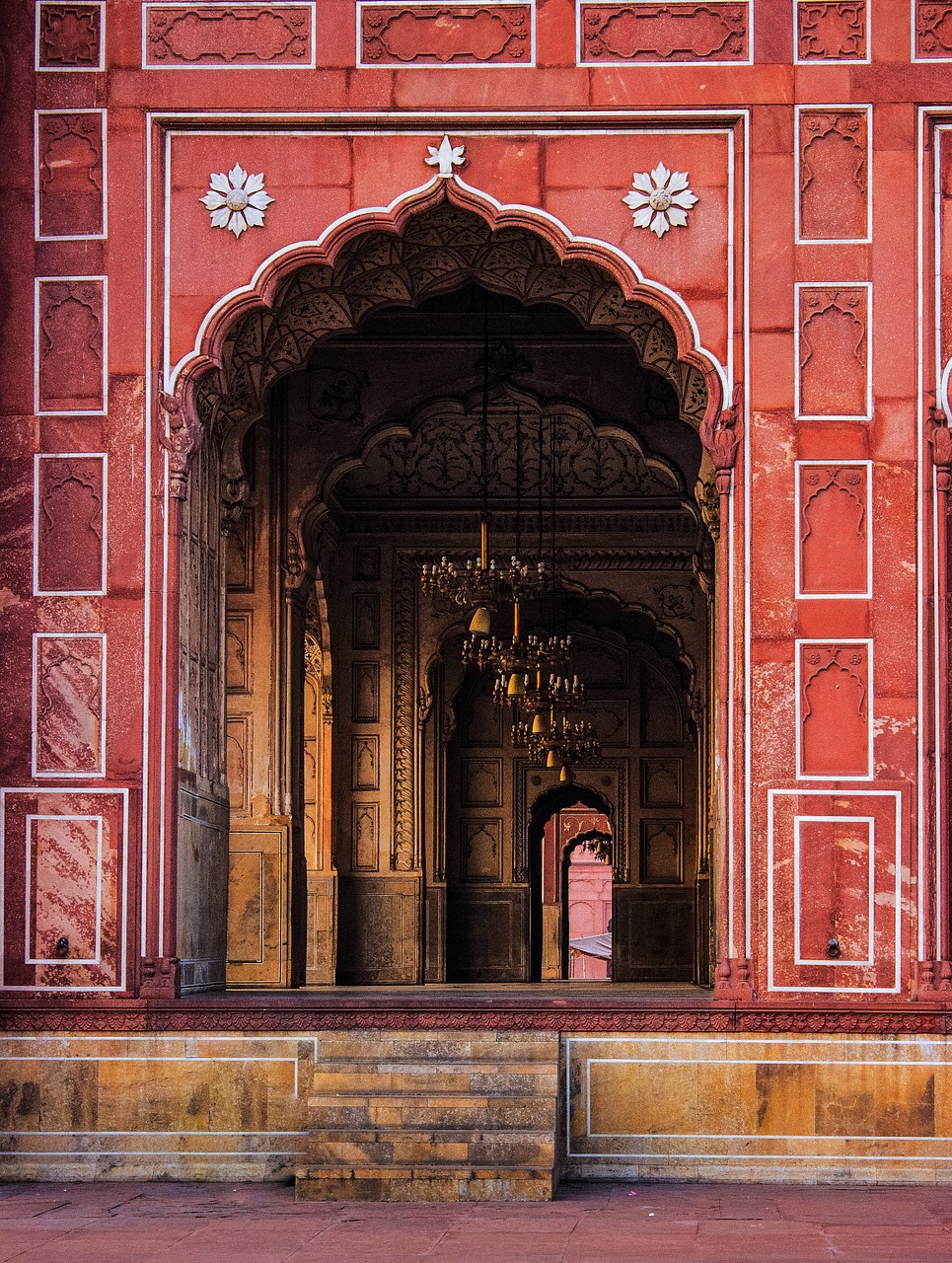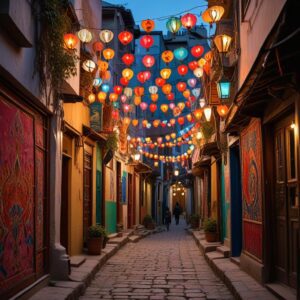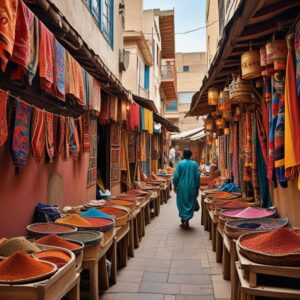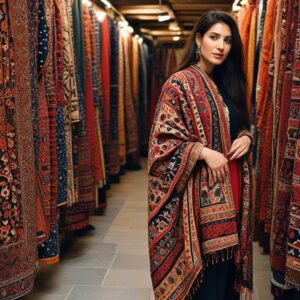Pakistan, with its rich history and diverse cultural heritage, is home to a breathtaking array of architectural wonders that span centuries. From the majestic ruins of ancient civilizations to the awe-inspiring modern structures that dot the skyline, the country’s architectural landscape is a testament to the ingenuity, creativity, and craftsmanship of its people. Join us as we embark on a journey to explore Pakistan’s architectural splendor, from ancient wonders to modern marvels.
Ancient Treasures: Traces of Civilization
Pakistan boasts a wealth of ancient architectural wonders that bear witness to the region’s rich cultural heritage and storied past. The ruins of Mohenjo-Daro and Harappa, dating back to the Indus Valley Civilization, stand as a testament to the ingenuity of one of the world’s oldest urban civilizations. The intricately planned cities, advanced drainage systems, and monumental structures of these ancient sites offer a glimpse into the lives of our ancestors and their remarkable achievements in urban planning and architecture.
Mughal Magnificence: The Golden Age of Architecture
The Mughal Empire left an indelible mark on Pakistan’s architectural landscape, with iconic structures such as the Badshahi Mosque, Lahore Fort, and Shalimar Gardens standing as enduring symbols of Mughal grandeur and opulence. These architectural marvels, characterized by their intricate marble carvings, delicate tile work, and sprawling gardens, showcase the fusion of Persian, Central Asian, and Indian architectural styles that defined the Mughal aesthetic. Each structure tells a story of power, prestige, and cultural patronage, leaving visitors in awe of their timeless beauty and historical significance.
Colonial Legacy: Remnants of the Raj
The colonial era brought with it a wave of architectural innovation and urban development that shaped the cities of Pakistan as we know them today. British colonial architecture, with its stately government buildings, grand railway stations, and elegant residences, left an indelible mark on the urban landscape of cities such as Karachi, Lahore, and Rawalpindi. The Gothic Revival and Indo-Saracenic styles employed in these structures reflect the cultural fusion and imperial aspirations of the colonial era, serving as a reminder of Pakistan’s complex colonial legacy.
Modern Marvels: Icons of Progress
In recent decades, Pakistan has witnessed a surge of modern architectural development, with cities like Karachi, Lahore, and Islamabad boasting a skyline dotted with sleek skyscrapers, innovative cultural centers, and avant-garde residential complexes. The iconic Karachi Port Trust Building, the futuristic Faisal Mosque in Islamabad, and the state-of-the-art National Museum of Pakistan in Karachi are just a few examples of the country’s burgeoning architectural landscape. These modern marvels embody Pakistan’s aspirations for progress, innovation, and cultural expression, signaling a bold new chapter in the nation’s architectural journey.
Preserving Heritage, Building the Future
As Pakistan continues to evolve and grow, preserving its architectural heritage while embracing innovation and progress is paramount. Efforts to conserve and restore ancient sites, protect historic buildings, and promote sustainable urban development are crucial in safeguarding Pakistan’s architectural legacy for future generations. By honoring the past while building for the future, Pakistan can ensure that its architectural heritage remains a source of pride, inspiration, and cultural identity for centuries to come.
In conclusion, Pakistan’s architectural splendor is a testament to the country’s rich history, cultural diversity, and spirit of innovation. From ancient wonders to modern marvels, each structure tells a story of resilience, creativity, and cultural exchange that continues to inspire awe and admiration. By celebrating and preserving Pakistan’s architectural heritage, we honor the achievements of our ancestors and lay the foundation for a brighter, more vibrant future.




